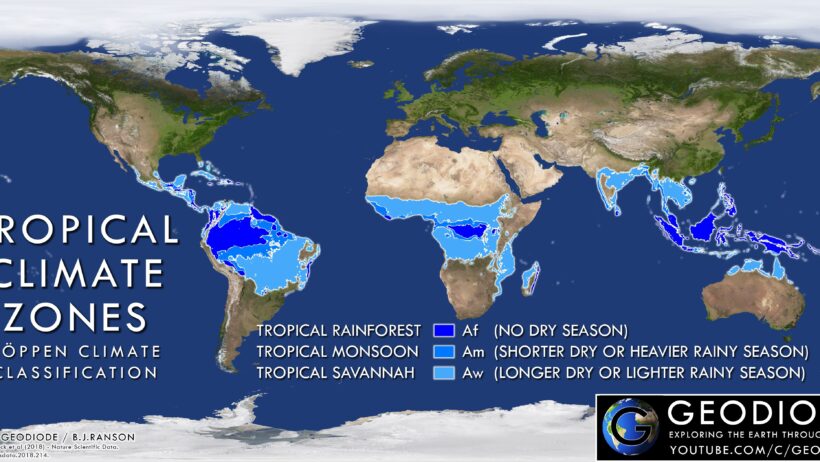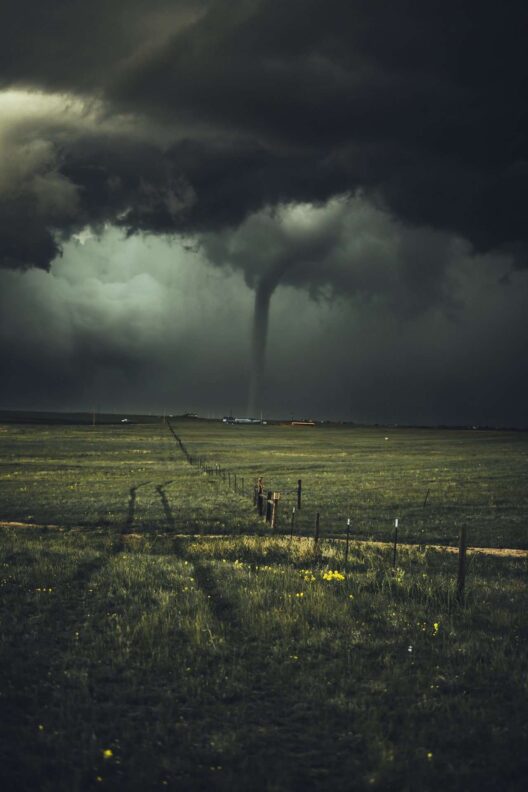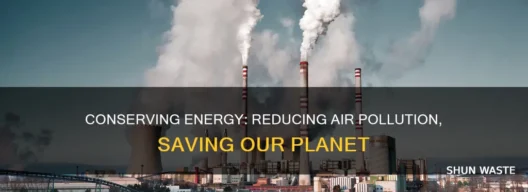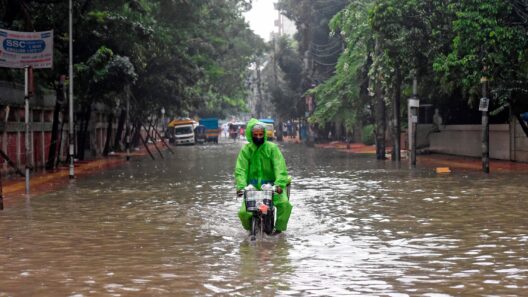What exactly defines a tropical climate? As one of the most compelling and vibrant climate zones on Earth, the tropics are often synonymous with lush landscapes, exotic wildlife, and an abundance of sunshine. Yet, could these paradisiacal regions be hiding a massive challenge beneath their vibrant surfaces? Understanding tropical climates is essential, not just to appreciate their beauty, but also to confront the impending threats of climate change that loom over these warmest zones.
The tropical climate, characterized by consistent warmth and pronounced wet and dry seasons, is predominantly located between the Tropic of Cancer and the Tropic of Capricorn. This zone encompasses vast portions of South America, Africa, and Southeast Asia. The primary arbiter of tropical climate is solar radiation. The equator, receiving direct sunlight, creates a relatively stable thermal environment. Temperatures typically hover between 20°C and 35°C (68°F and 95°F), with minimal seasonal variation.
The abundance of sunshine in these areas precipitates what is known as a high level of biodiversity. Rainforests, savannas, and coastal ecosystems flourish under these conditions, yielding a rich tapestry of flora and fauna. From the canopy of towering trees to the understory filled with ferns, the complexity of life in tropical climates is staggering. This intricate web of life contributes to global biodiversity, providing habitats for millions of species, some of which remain undiscovered.
But have you ever considered how the delicate balance within these ecosystems is affected by climate change? Rising global temperatures play a significant role in altering precipitation patterns. This disruption not only threatens the biodiversity that tropical climates sustain but also jeopardizes the livelihoods of millions who depend on these ecosystems. Farmers, fishermen, and indigenous communities face unprecedented challenges as their traditional ways of life are altered.
Without the moderating influence of seasonal variations, tropical regions face extreme weather conditions. The wet season may bring torrential downpours, while the dry season can extend beyond its normal boundaries, leading to droughts. This variability exacerbates issues related to food security. Crops that thrive in tropical climates, such as rice, bananas, and cocoa, are particularly vulnerable—fluctuations in moisture can lead to substantial declines in yield, directly impacting local economies.
In addition to the immediate effects of climatic variability, tropical zones are often subjected to the furious onslaught of natural disasters. Hurricanes, typhoons, and other extreme weather events are surging in intensity and frequency. Just as economic stability is threatened, the very fabric of communities is torn apart by destruction. In some areas, recovery may take years or even decades, resulting in deep-rooted poverty and displacement.
The consequences of climate change are not confined to the tropics alone. Undeniably, the global interconnectedness of ecosystems means that the effects of tropical climate degradation ripple outward. Changes in rainfall patterns can disrupt ocean currents and atmospheric conditions, impacting weather systems as far as the poles. Consequently, the fate of tropical zones could very well be intertwined with the overall health of our planet.
Another formidable aspect of tropical climates is their role as carbon sinks. Rainforests, particularly, absorb substantial amounts of carbon dioxide through the process of photosynthesis. This function is crucial in our fight against global warming. However, deforestation—often driven by agriculture, logging, and urbanization—is dismantling this natural defense against climate change rapidly. Every felled tree represents not just a loss of biodiversity, but a setback in our efforts to combat an escalating climate crisis.
How do we reconcile the beauty of tropical climates with the looming threats they encompass? First, we must raise awareness and foster educational initiatives to inform communities about sustainable practices that can be adopted. Ecotourism, for example, presents an alternative economic model that prioritizes environmental conservation while still providing livelihoods to local populations. When tourists engage with these ecosystems responsibly, they help advocate for preservation and generate funds that can be reinvested into conservation efforts.
Supporting local cultures is equally vital. Indigenous communities hold knowledge that has evolved over generations. Their relationship with the land informs sustainable practices that could counterbalance the impact of climate change. By incorporating these traditional methods into contemporary approaches, we could create a more resilient agricultural framework.
Moreover, collective action is necessary to effect meaningful policy changes on a global scale. Implementing and supporting policies that steer investments towards sustainable development, protecting existing forests from deforestation, and advocating for the restoration of already damaged ecosystems will be critical. Collaboration between nations, NGOs, and local communities must intensify to forge paths towards environmental sustainability.
Finally, imagine a world where the vibrancy of tropical climates is preserved not merely as a relic of beauty but as a beacon of resilience against climate change. Is it possible? With intentional choices, collective action, and a commitment to interdisciplinary approaches, that vision can materialize. It is crucial to engage with tropical regions not just as passive observers but as active participants in a global movement for ecological integrity. A commitment to understanding and supporting tropical climates will echo through generations, underscoring our collective responsibility to this precious planet.








